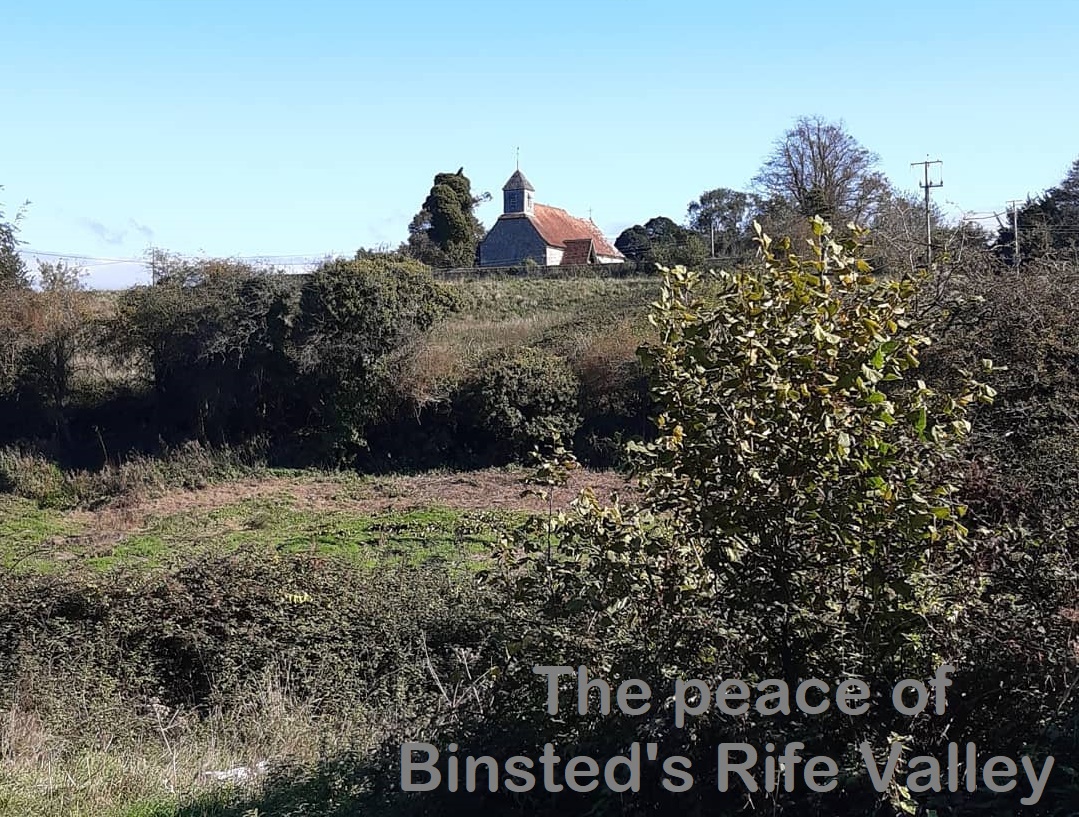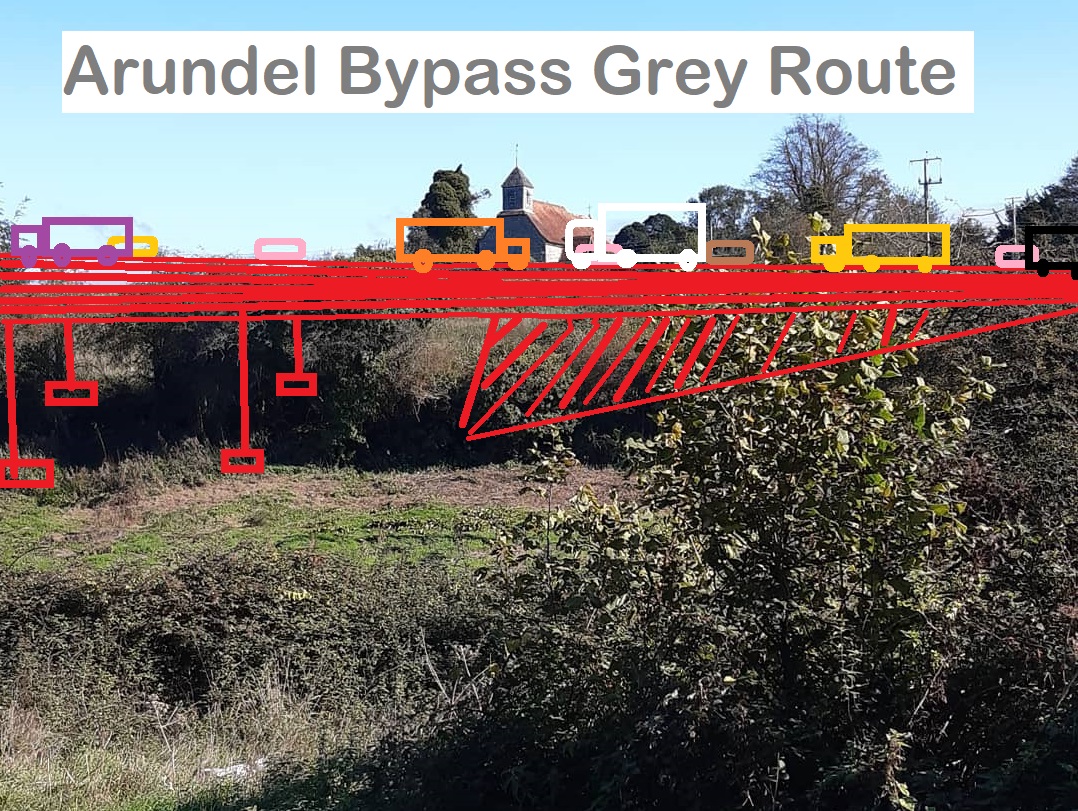Government policy seeks to protect the environment, villages and parish churches. When will the Department of Transport heed those fine words? When will it stop putting bypasses through precious heritage and landscapes?
Where has UK Government claimed to cherish our natural and rural heritage?
Government policy papers in recent years suggest it values the Environment and also ‘heritage assets’ such as villages and parish churches. ‘A Green Future: Our 25 Year Environmental Plan to Improve the Environment’ was published by the Government in 2018.
The introduction by Teresa May states:
‘We hold our natural environment in trust for the next generation. Ours can become the first generation to leave that environment in a better state than we found it.’
The Introduction by Michael Gove is inspiring:
‘Environment is – at its roots – another word for nature, for the planet that sustains us, the life on earth that inspires wonder and reverence, the places dear to us we wish to protect and preserve. We value those landscapes…as goods in themselves, places of beauty which nurture and support all forms of wildlife. …Respecting nature’s intrinsic value, and the value of all life, is critical to our mission. For this reason we safeguard cherished landscapes from economic exploitation, protect the welfare of sentient animals, and strive to preserve endangered woodland and plant life. …We need to protect threatened species and habitats.’
These words stand in stark contrast to the current mindset and actions of Government departments and their companies such as Highways England which treat nature and the rural landscape simply as something to be exploited.
The paper says ‘We have already set out out plans to better conserve our heritage assets’ in ‘The Heritage Statement 2017’ from the Dept of Digital, Community, Media and Sport.
The section on landscapes and villages stated:
‘Traditional farmed and wooded landscapes… and historic villages are widely appreciated. They each have their own distinctive character and atmosphere that fosters creativity, attracts investment, business and visitors and makes them popular places to live. Historic places that are well maintained and well managed add greatly to cultural life, community resilience and our individual and collective wellbeing.’
 And on churches it said:
And on churches it said:
‘England’s 60,000 places of worship, covering all faiths, are among our finest local buildings. They are an integral part of our national identity and of their local communities. Church of England congregations care for the largest estate of historic buildings still being used for their original purpose. Our places of worship are living buildings and a resource for their local communities. Many thousands of people commit 1000s of hours to caring for them, and many more enjoy the unique sense of community that they provide. We will work across Government to continue to protect rural historic sites and features enhancing the character of our beautiful landscapes and supporting geodiversity.’
Is this what is happening? No. So far, it appears to us to be an empty promise.
The passage on churches might be describing Binsted, with its 32-year-old Strawberry Fair to raise funds for the 12th-century church, and its Arts Festival held in the church; or Tortington, with its performances in its 12th-century church and local produce sales to support it.
 Yet the proposed Grey route for the A27 Arundel Bypass essentially destroys Tortington and Binsted, and a large amount of ‘traditional farmed and wooded landscape’. And it intrudes massively into Walberton and Fontwell, also a well-managed historic place with its flourishing village hall and many societies, and a possibly even older church with a pre-conquest nave.
Yet the proposed Grey route for the A27 Arundel Bypass essentially destroys Tortington and Binsted, and a large amount of ‘traditional farmed and wooded landscape’. And it intrudes massively into Walberton and Fontwell, also a well-managed historic place with its flourishing village hall and many societies, and a possibly even older church with a pre-conquest nave.
The landscape Grey would pass through, just outside the boundary of the South Downs National Park, is a ‘cherished’ landscape ‘dear to us which we wish to protect and preserve’. It ‘inspires wonder and reverence’ as a ‘place of beauty which nurtures and supports wildlife’.
The wildlife here – inside and outside the National Park boundary - is ‘extraordinary’ (Natural England). Yet the Grey route would sever its woodlands from its wetlands with a four-lane 70mph dual carriageway.
When will the Department of Transport realise that it is wrong to destroy these things? Those who genuinely do love them will fight to the end to preserve them.
Thank you, Teresa May and Michael Gove for putting it so well. Now let's please see some action befitting those fine words.
